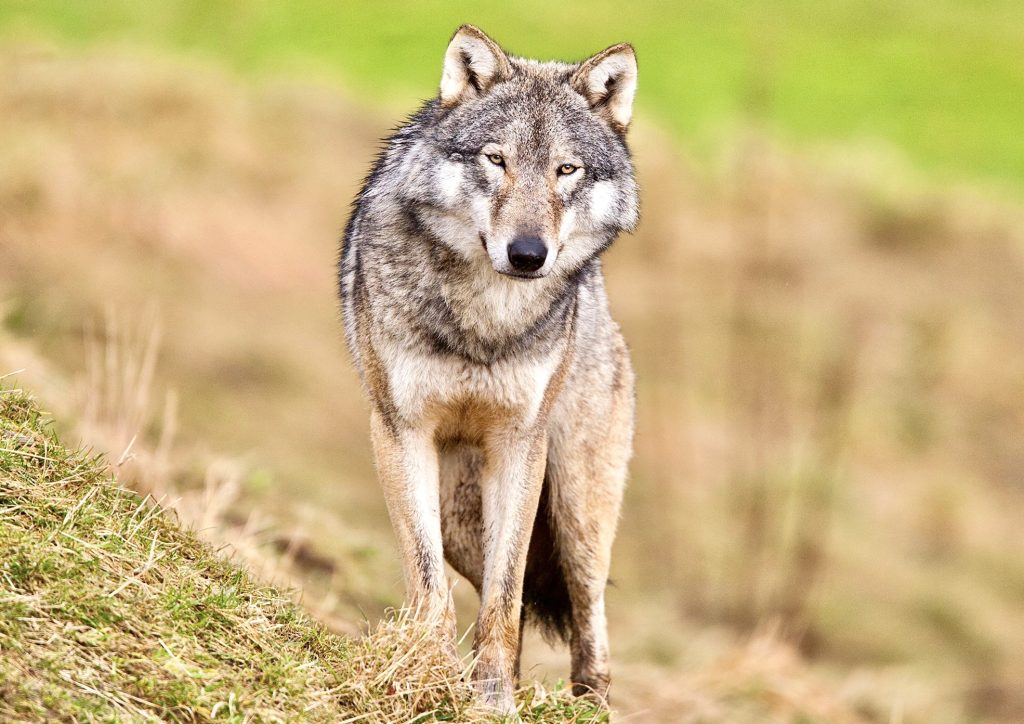Scientists estimate that as many as two million gray wolves once roamed the contiguous United States. Because of government-sponsored killing programs, that number dwindled to only 1,000 animals, who resided almost entirely in northeastern Minnesota.
Federal protections have allowed the population to slowly increase, but wolves still occupy only 10% of their native habitat. Despite this, the Service continuously attempts to remove protection for the species.
“That the U.S. Fish and Wildlife Service has yet to develop a national wolf recovery plan as required by the Endangered Species Act, is absurd. We rely on the specifications outlined in the ESA to keep our nation’s most vulnerable animals, like wolves, safe,” said Leslie Williams and Lizzie Hoag, founding members of the #RelistWolves Campaign.
“Today, the population of wolves is in jeopardy. Gray wolves are functionally extinct in 80% of their historic range and just 6,000 wolves live across the continental U.S. Gray wolves once ranged from coast-to-coast, they don’t observe state boundaries, and their territories span ecosystems,” continued Williams and Hoag. “This wide-ranging animal should not be managed state-to-state, but rather under national protection. The Service must develop a recovery plan that includes all populations of wolves in the contiguous United States for wolf recovery to be successful.”
Most recently, a rule finalized in November 2020 removed all Endangered Species Act protections for gray wolves nationwide. A federal court vacated this rule and restored species protection in the lower 48 states. These protections do not extend to the Rocky Mountain population, which are currently not protected under the Act. The Center and its allies recently filed a lawsuit to restore those protections.

